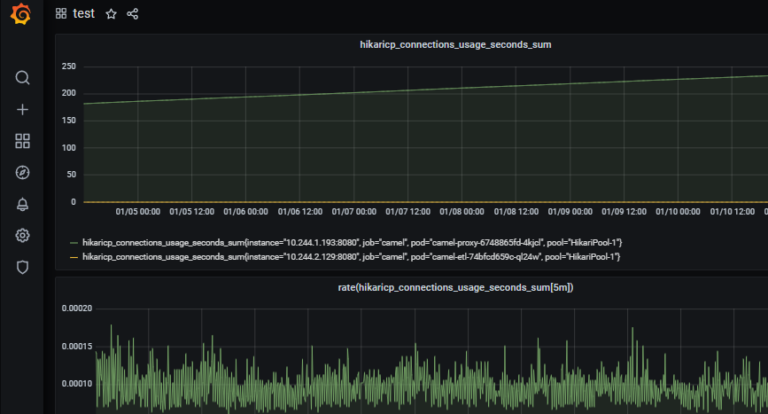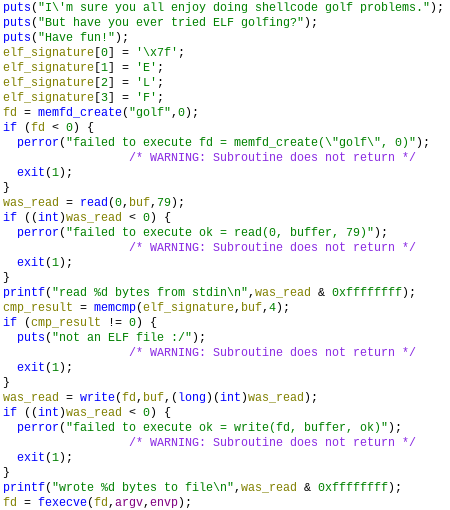Overview of temperature loggers (sensors) for the LoRaWAN network
A logger is a sensor that monitors temperature conditions and records them in internal memory, a special device focused not only on measurements, but also on further processing, recording and documenting information.
Designs may vary, but in most cases these are compact portable or stationary devices. It is based on a digital filling with a microprocessor processing incoming data. It consists of a small body, complemented by a display and controls. An important part of the device is a sensitive element, a kind of sensor that captures the characteristics of the microclimate. From there, the data is sent to processing nodes and displayed to the user on screens.
Key features of the logger
Loggers, like any other measuring device, are characterized by a measurement range. It is important to understand that the wider the range, the higher the chance of data error. Usually the average temperature range is from -40 to 90 °C. In this case, the step of the measurement scale, which is the same resolution, is usually 0.5 ° C.
It is very important in building a LoRaWAN network to provide for the location of the terminal devices, this will determine the necessary power supply method and the level of security.
Since a cabled connection is not always possible, most sensors are equipped with a wireless power option. In this case, it is necessary to take into account the influence of the external environment on the batteries, for example, the sensor in severe cold conditions can be discharged after a very short period of time.
If we return to security, then the IP standard helps us, which displays the level of protection of electrical appliances from dust and moisture.
The main characteristics of the sensors can also include the data transfer rate and the total power consumption. Everything is simple here, in the first case – the more, the better, in the second – on the contrary.
Overview of loggers
Let’s review the loggers offered by the Russian market
Thermal logger Vega TL-11
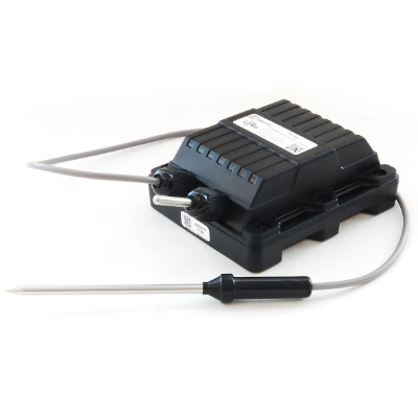
The sensor is designed for long-term autonomous collection and storage of data on controlled media (air, gases, liquids, bulk materials, food). The temperature is measured using two thermistors, an external sensor connected to the thermologger, and a built-in external thermistor. The temperature values are archived in the device memory with reference to time, and as soon as a stable connection to the LoRaWAN network appears, the archived data will be uploaded to the network.
The 6400 mAh battery ensures long battery life.
The Vega TL-11 thermal logger can be used in systems that do not have the ability to quickly transfer data to the network and require long-term temperature control, for example, when transporting perishable goods or when controlled transportation conditions are required. Along the way, the device records the temperature of the product in its memory, and upon reaching the destination, uploads the stored data to its LoRaWAN network.
Characteristics:
Battery powered by built-in battery
Frequency plans RU868, EU868, KZ865 – by default
Frequency plans IN865, AS923, AU915, KR920, US915 – order option
Ability to set an arbitrary frequency plan (based on EU868)
Memory capacity for accumulation of packages 1300 records (1275 for AM firmware)
Linking readings to time using the internal clock
Data collection period – every 5, 15, 30 minutes, 1, 6, 12, 24 hours
Communication period – every 5, 15, 30 minutes, 1, 6, 12, 24 hours
ADR (Adaptive Data Rate) support
Support for sending confirmation packets (configurable)
Activation method OTAA, ABP (configurable)
Two operating modes “Active” and “Warehouse”
Communication output when the tamper sensor is triggered
Built-in battery measurement
Configuration via USB interface using Vega LoRaWAN Configurator
ICB718B4 Wireless temperature sensor with 4 inputs
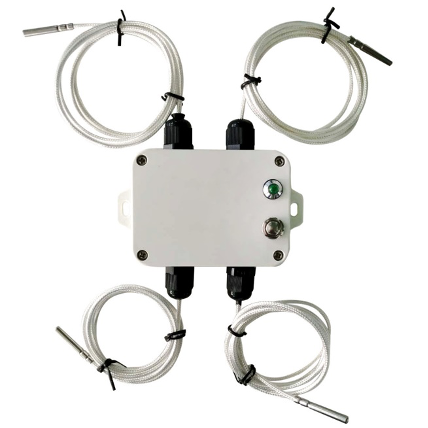
The ICB718B4 is a 4 input thermistor sensor mainly used for temperature measurement. Collects data and sends it to the gateway via LoRaWAN. Fully compatible with the LoRaWAN protocol. Works in the EU868 band.
Characteristics:
Input power: 2 x AA 3.6V ER14505 lithium batteries (3.6V 2400mAh/pcs)
Size: Main body: Length: 112mm*Width: 65mm*Height: 28.8mm
Thermistor wire length: 1m
Ambient temperature range -20 to 55°C
Medium temperature measuring range -50°C to 200°C
Degree of protection IP67 (Main body)
ICB103 LoRaWAN temperature and humidity sensor
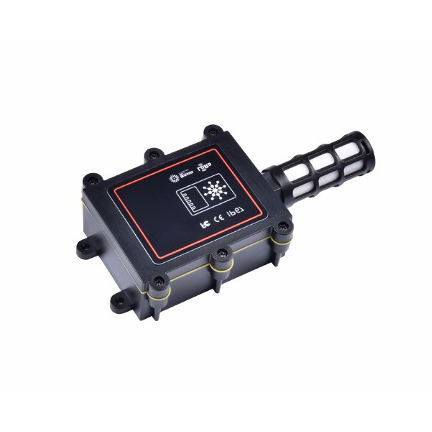
The LoRaWAN temperature and humidity sensor contains a capacitive humidity sensing element and a high-precision temperature sensor connected to a high-performance microprocessor. The sensor is of high quality and fast response. Each sensor is calibrated on special equipment. The calibration coefficients are stored in the microprocessor and are called up by the transmitter during signal acquisition. The sensor’s small size, low power consumption and long communication range make it ideal for use in IoT transmission networks.
Characteristics:
Processor ARM 32bit-Cortex-M3 kernel, main frequency: 32MHz.
Baud rate: 300bps~5.4Kbps.
Working frequency: 863MHz~870MHz
Support: LoRaWAN and P2P
Maximum transmitted power: 17 dBm
Sensitivity: Rx -140dBm
Total power consumption: 5mW
Battery Type: 3.6V/2700mAh
Operating Temperature: -10℃~55℃
Operating Humidity: 10% ~ 90%
Power supply: Built-in battery
Transmission state: 110mA
Dimensions: 200mm*120mm*42mm
Enclosure: IP67
ICBCOM temperature sensor

This sensor measures the temperature in cold rooms and climatic chambers in the agri-food and transport sectors. Data transmission is carried out through its LoRaWAN network. When an alarm occurs, the temperature will be immediately sent to the remote server. The temperature sensor is easy to use, the operation is based on the magnetic switch and the corresponding LED indicator to turn on/off the sensor. Temperature data can be stored locally, combined, compressed, and sent over the LoRaWAN network. This transmission technology significantly reduces the amount of data transmitted, thereby increasing the autonomy of the sensors and reducing the cost of the subscription. The sensor’s memory capacity allows data to be stored locally for 30 days based on one measurement per hour. Application: refrigerators, freezers, refrigerated trucks, refrigerated containers.
Characteristics:
History and data storage: 30 days memory when measured every 60 minutes
Measuring temperature range: -30 ° C to + 35 ° C
Error:
+/- 1 ° C in the temperature range from -30 ° C to + 5 ° C
+/- 0.5 ° C in the temperature range from + 5 ° C to + 35 ° C
Resolution: 0.1°C
Power supply: 3.6V/3600mAh lithium battery
Cable: 5m
Frequency (MHz): 863-870
Transmit power (dBm): +14
Receiver Sensitivity (dBm): -140
Measurement cycles: 15 minute default setting, reprogrammable from a remote server
Transmission cycles: 60 minute default setting, reprogrammable from remote server
Data compression: yes (differential encoding) or no
Activation method: activation through personalization (ABP) redirection (OTAA)
Data encryption: AES128
Battery voltage transmission: default setting every 7 days, reprogrammable from remote server
Autonomy of work: in the temperature range from + 10 ° C to + 25 ° C > 7 years
Data compression for batch report: yes
Device class: A
Mounting: double-sided adhesive
Enclosure: IP66
Flameproof: UL94-V0BH
Dimensions: 100x100x25mm
Operating Temperature (°C): -40°C to +40°
Storage temperature: +10°C to +30°C; + 20% rH / + 60% rH
LW002-TH LoRaWAN temperature and humidity sensor

LW002-TH is an advanced technical humidity and temperature sensor that is efficient and convenient to measure both temperature and humidity. Unlike modern temperature and humidity sensors, it has a built-in 8000 mAh power supply and a non-rechargeable battery. The LW002-TH device has a wide range of uses and applications as it is suitable for indoor and outdoor environments.
Characteristics:
Power supply: 4000mAh battery, not rechargeable
Operating Current: Max.150mA at 20dBm
Motion Tracking: Built-in 9 axis MPU-9250 accelerometer
Positioning mode: GPS
LoRa Range: Up to 4 km (in open area)
Tx Power: Max 19dBm
Sensitivity: -142.5dBm @ SF12 300bps
Operating Temperature: -40℃~+70℃
Operating Humidity: 10%~90%
Enclosure: IP65
ICB718AB Wireless temperature and humidity sensor
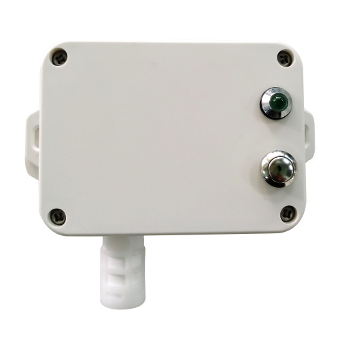
ICB718AB is mainly used for temperature and humidity measurement. Fully compatible with the LoRaWAN protocol, it collects data and sends it to the gateway via LoRaWAN. Works in the EU868 band.
Characteristics:
Input power: 2 x AA 3.6V ER14505 lithium batteries (3.6V 2400mAh/pcs)
Operating mode: 6.3mA @3.3V
Low voltage threshold: 3.2V
Transmit Current (Max): 120mA@3.3V
Receive Current (Max): 11mA @3.3V
The size:
Main body: Length: 112mm*Width: 65mm*Height: 28.8mm
Sensor cap size: D: 16mm*E: 34.5mm,
Weight: 141 g
Ambient temperature range: -20°C to 55°C
Ambient humidity range: <90% RH (non-condensing)
Temperature measurement range: -20°C to 55°C
Humidity measurement range: 10% RH to ~90% RH
IP protection degree: IP64
ICB0715 Wireless CO2/Temperature/Humidity Sensor

The ICB0715 is designed to monitor indoor air quality (IAQ), temperature, humidity and CO2 levels based on LoRa wireless communication. Communication is fully compatible with the LoRaWAN protocol (class A).
Characteristics:
Input Power: 12V-/1A
Operating current: 40mA (RX), 80mA (TX)
CO2 sensor
Operating voltage: 4.5 V- to 5.5 V-
Operating current: <85mA
Accuracy: +/-{value})
Range: 0-5000 psi
Warm up time: 3 min
Response time: T<90s
Output: PWM UART
Sensor SHT-30 T/H
Operating voltage: +3..3 V
Temperature range: -20°C to +40
Temperature measurement accuracy: +/-0.8°C
Humidity range: 10% RH to 90% RH
Humidity Accuracy: +/-4% RH @25°C
Comparison table
Let’s compare loggers by the following characteristics:
Temperature range
Working temperature
Security level
Energy consumption
The volume of built-in batteries
Sensor | Measuring temperature range | Working temperature | Security level | Energy consumption | The volume of built-in batteries |
Vega TL-11 | -55…+100 °С | -40…+85 °С | IP67 | 25 mW | 6400 mAh |
ICB718B4 | -50°C to 200°C | -20 to 55°C | IP67 | 4800 mAh | |
ICB103 | -10℃~55℃ | IP67 | 5 mW | 2700mAh | |
ICBCOM Sensor | -30°C to + 35°C | -40°C to +40° | IP66 | 3600 mAh | |
LW002-TH | -40℃~+70℃ | IP65 | 4000 mAh | ||
ICB718AB | -20°C to 55°C | -20°C to 55°C | IP64 | 4800 mAh | |
ICB0715 | from -20°C to +40 |
The practice of using loggers has shown that their value as indicators of microclimate control can be higher than that of alternative devices. Even specialized stations are inferior to them in some performance characteristics. At the same time, the main advantage of temperature sensors in some cases may lie not in the accuracy and range of measurements, but in post-processing tools. The device prepares the recorded information for further use. This approach frees the operator from unnecessary work on registering information and generally optimizes the microclimate control system.
List of information sources
Wireless temperature sensor with 4 inputs ICB718B4
Thermal logger Vega TL-11. User’s manual
Temperature/humidity sensor “DTV-03”. Manual
ICB103 LoRaWAN temperature and humidity sensor
LW002-TH LoRaWAN temperature and humidity sensor
ICB220-01 Adhesive type temperature sensor
Atmospheric temperature, humidity and pressure sensor ICB330-01. Manual
ICB310-01 PT100/PT1000 Atmospheric temperature sensor

